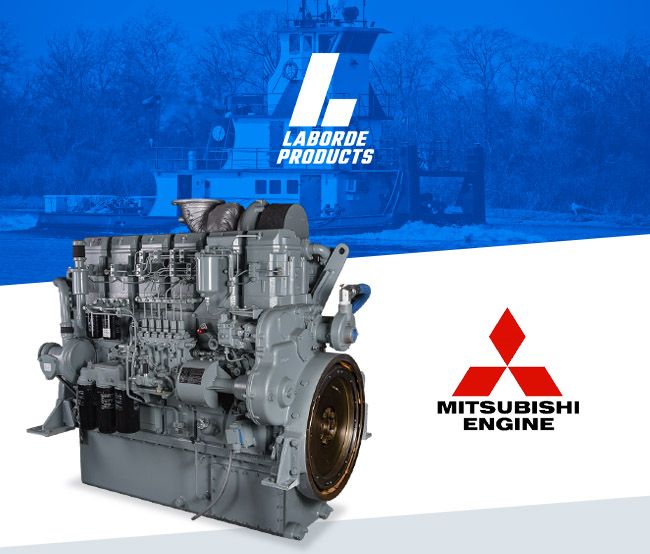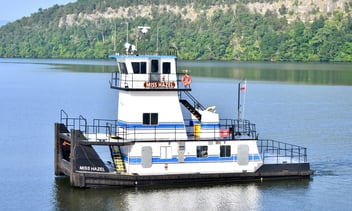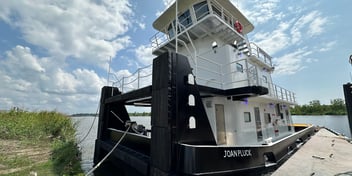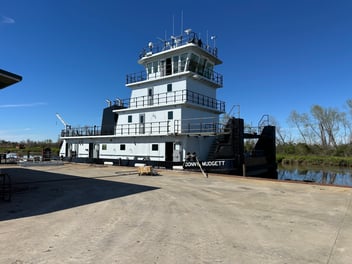The steel industry is at an all-time high and prices are rapidly increasing. As such, the number of vessel operators opting for repowers rather than new construction has increased dramatically over the past couple of years. Like all things new, a solid foundation is the best place to start.
1. Assuming one MARINE engine size fits all
Engine fit can be understood by six categories of dimensions:
- Engine Rail Width
- The center of the crank to the bottom of the vessel
- The centerline of the crank to the top and sides of the engine space
- Engines length, width, and height
One common mistake mariners make is purchasing a replacement engine based on power rating alone. Before considering the engine's performance, one should consider selecting an engine that avoids major vessel modifications. Engine rooms are designed with exactness, and your replacement engine should achieve a similar level of precision.
One goal is to select an engine that avoids modification of the driveline that will remain post repower. Additionally, it’s important to keep in mind the width of your engine, though it may not have obstructions, it needs to be serviceable. Performing routine maintenance on your engine provides longevity and quality performance, but spacing should be considered for ease of access by crew and service technicians. One size does not fit all and knowing this is one of the most vital pieces of information to understand going into a repower to avoid any surprises when it’s time to swing the old engines.
2. Mechanical vs. Electronic propulsion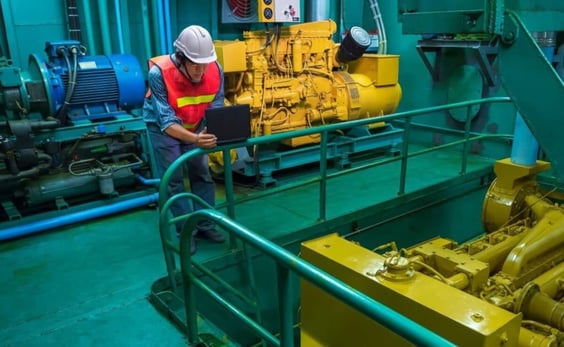
Electronically controlled engines are ever-present in this day and age, in fact, it can sometimes feel as if it’s the only option. However, many engines that are approaching overhaul are mechanical. The switch from mechanical to electronic almost seems unavoidable, because it’s what the majority offers, Caterpillar, Cummins, Volvo and John Deere.
Self-sufficiency can be extremely important to some operators, especially when they’re on a job and an engine needs troubleshooting. Downtime is detrimental enough, but when combining downtime with waiting for a computer technician and service mechanic, the cost of losing work and the extra set of hands could increase an already costly situation. That is one benefit many reap with the simplicity of a fully mechanical Mitsubishi diesel engine.
3. Under Budgeting for WORKBOAT Modifications
There’s a boatload more to running a vessel than just the engine(s) themselves. The ancillary equipment supporting the workload is as equally as important. Budgeting for potential updates that support new engines is another mistake that is easily missed.
- Exhaust Systems
- Combustion Air Systems
- Grid Coolers/ Keel Cooling
- Gears
- Props
These are just a few of the many details that go into the whole package for the vessel’s propulsion system. Updating mufflers, air cleaners and piping is a vital step in repowering a vessel. Some engines will require additional cooling capacities than those originally installed on the vessel. Calculating wheel size with propeller experts can help avoid under or over-propping to maximize vessel performance. Though the ancillary items seem small in comparison, it’s important the engine provider reviews every detail with an operator to avoid lost time or unaccounted costs.
4. Understanding marine engine Compliance with Emissions Regulations
As time goes on, EPA regulations have increased in an effort to reduce emissions. Repowers require an upgrade to the current tier to comply with these regulations, however, the EPA does have a “Replacement engine” exemption that allows matching an equivalent emission level. A match could be considered as a replacement, where the engine going in matches or improves the emissions tier of the engine coming out. You can learn more about this process by reviewing the EPA’s New Replacement Engine guidelines in 40 CFR 1068.240 and 40 CFR 1042.615
5. PICKING ENGINE BRAND OVER MARINE EXPERTS
These top 5 mistakes are only the beginning to navigating a repower. There are many details to the process and items that cannot afford to go amiss. It’s extremely important to consider a partner when powering or repowering a vessel to avoid costly surprises and lost time. By partnering with the engine experts at Laborde Products, your time and money are treated with a white glove experience. With a time-tested repower survey analysis, our experts can walk operators through each detail of their engine room that could be affected by a repower, from power systems or components that should be re-used, or upgrades that can benefit all.
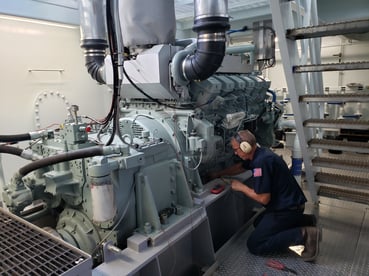
Laborde Products is a commercial engine distributor, committed to improving the operating experience for every operator by providing simple power solutions in an increasingly complex operating environment. We are dedicated to empowering our operators with the training, tools, and support to eliminate downtime and optimize the operating experience throughout the life of our engines.

